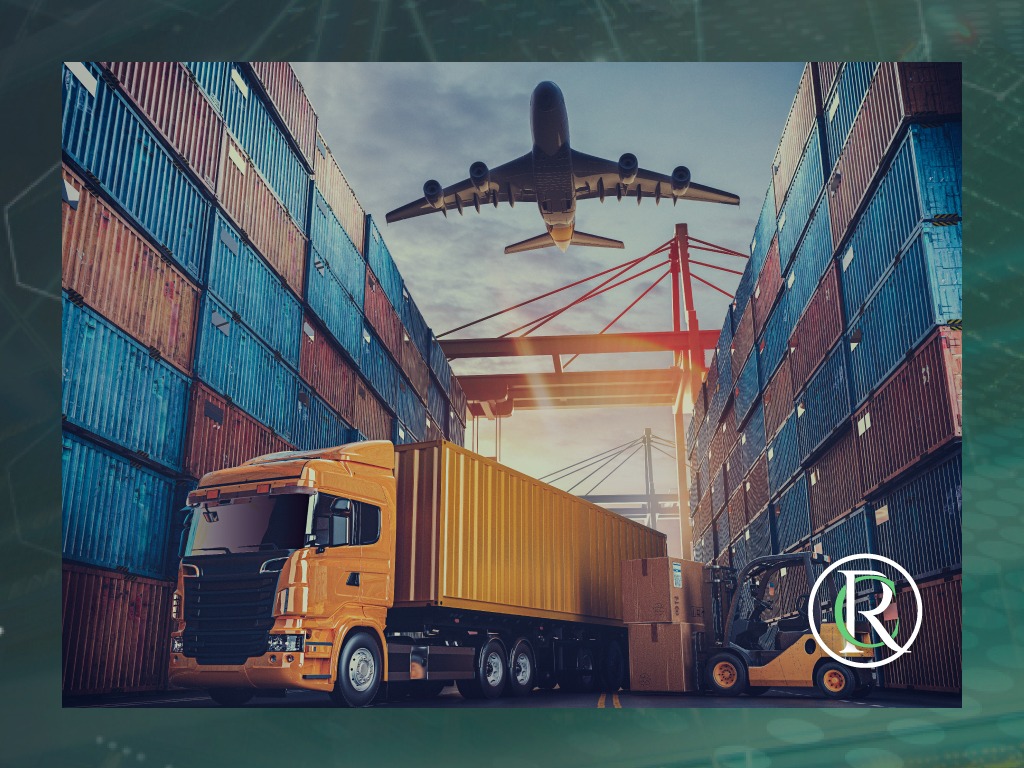The spectacular growth of eCommerce and the delays in the “black quarter” that occur periodically with deliveries force distributors and logistics service operators to review the challenges they face. They must review their service, costs and technology strategies, and this is never as apparent as when the holidays come around. Randall Castillo Ortega is an expert in logistics and import/export operations and explains how exporters can prepare for the busy holiday period.
The best expectations for the shopping experience are being driven today by an increasingly powerful and better informed consumer. These new customer expectations regarding lead time and open communication force eCommerce retailers to invest in new technology solutions to better manage their delivery operations. Explains Castillo, “Customers always have the desire to know, understand and anticipate everything in relation to their purchases. In response, distributors and delivery companies began generating tracking codes that allowed customers to gain some visibility into where their delivery was.”
Today, with the disruptive entry of UBER and others, tracking codes no longer satisfy customers. They want to have full and real visibility at all times of deliveries. In particular, they want to see the entirety of the last mile, that is, to be able to know where the driver is and exactly when their order will arrive.
The last mile is the critical part of the delivery process, both for the distributor and for the logistics service operator and the consumer himself. A bad service in the last mile supposes an extra cost and the sure loss of the client. Typically, a customer-free delivery experience helps optimize efficiency and reduce costs. One of the biggest sources of friction with the consumer during last-mile delivery is dealing with customer service and their questions about their “when and how” delivery is going to be made.
Implementing a transparent and frictionless delivery process requires technology that allows open communication between the customer and the distributor, as well as full visibility into their order. By doing so, it decreases the likelihood that the consumer will call customer service and have to deal with a service representative, critical moment or moment of truth, which almost always becomes a point of friction, and where a bad experience is commented on to 16 people, while the good one only to nine.
Generally, these costs are passed on to the price rate, but when they are not done, they have a negative impact on the income statement. Obviously, cost is not a new issue, but with new consumer expectations, especially when it comes to same-day or on-demand delivery, further pressure is being exerted on prices. In addition, when it comes to retail sales in e-commerce, there is often “inconsistent demand,” which makes purchase volumes increasingly high during holiday periods, which puts upward pressure on costs and defaults on last-mile delivery.
There is no single solution to offset the costs; however, efficiency and planning in deliveries help to neutralize your effect. Also, creating efficiencies along the entire supply chain allows costs to be reduced during the last mile.
Throughout the year, but especially in Christmas periods and the designated days of sales such as Black Friday and Cyber Monday, retailers experience massive returns. This means higher costs for the distributor and, at the same time, they are a point of friction with customers, as there is a lack of transparency in the return process.
Distributors must ensure their best practices to apply not only in their flexible returns policies, but and more importantly, in the operational practice of the entire reverse logistics process: traceability of flows, collection at the point of sale, quality verification, reconditioning, packaging and final storage to be incorporated back into the supply chain.
Among other reasons, the requirement to increase efficiency is based on consumers’ desire for faster deliveries and on-demand conditions. These requirements have already penetrated other sectors and businesses, so retail eCommerce is no exception.
“Efficiency can be increased with innovation along the supply chain,” asserts Castillo, “but when it comes to the last mile, especially when it comes to same-day deliveries and under conditions, technology is key. Topics such as automatically sending the order to the right delivery person, in the right place and at the right time, helps increase efficiency and improve delivery times.”
To meet these new challenges, it is necessary to invest in solutions that help companies manage their deliveries and optimize the last mile process to ensure that the business remains competitive and correctly satisfies customers.

